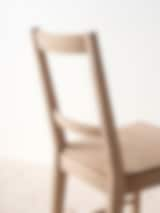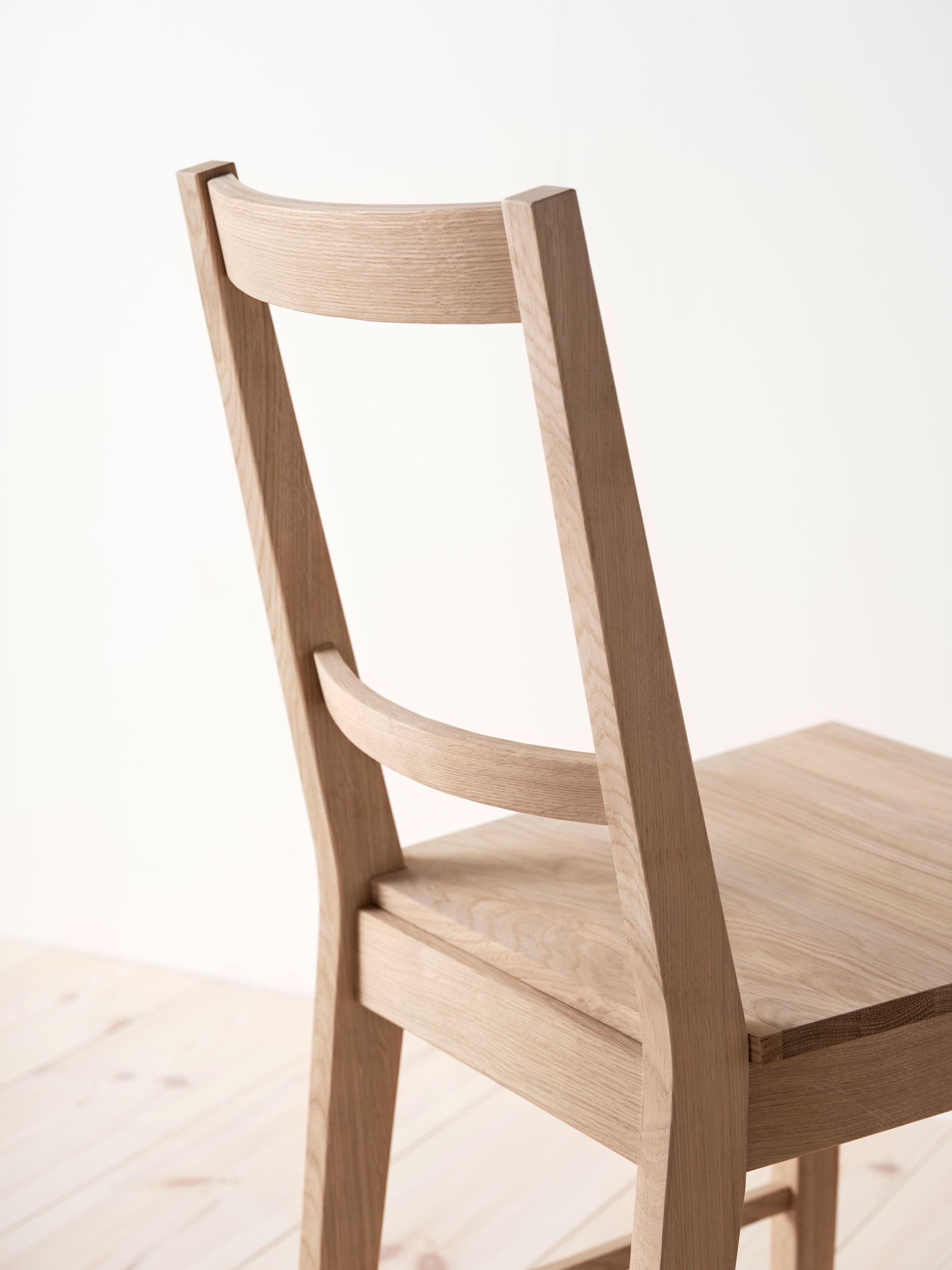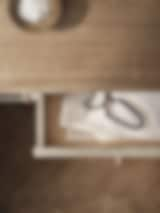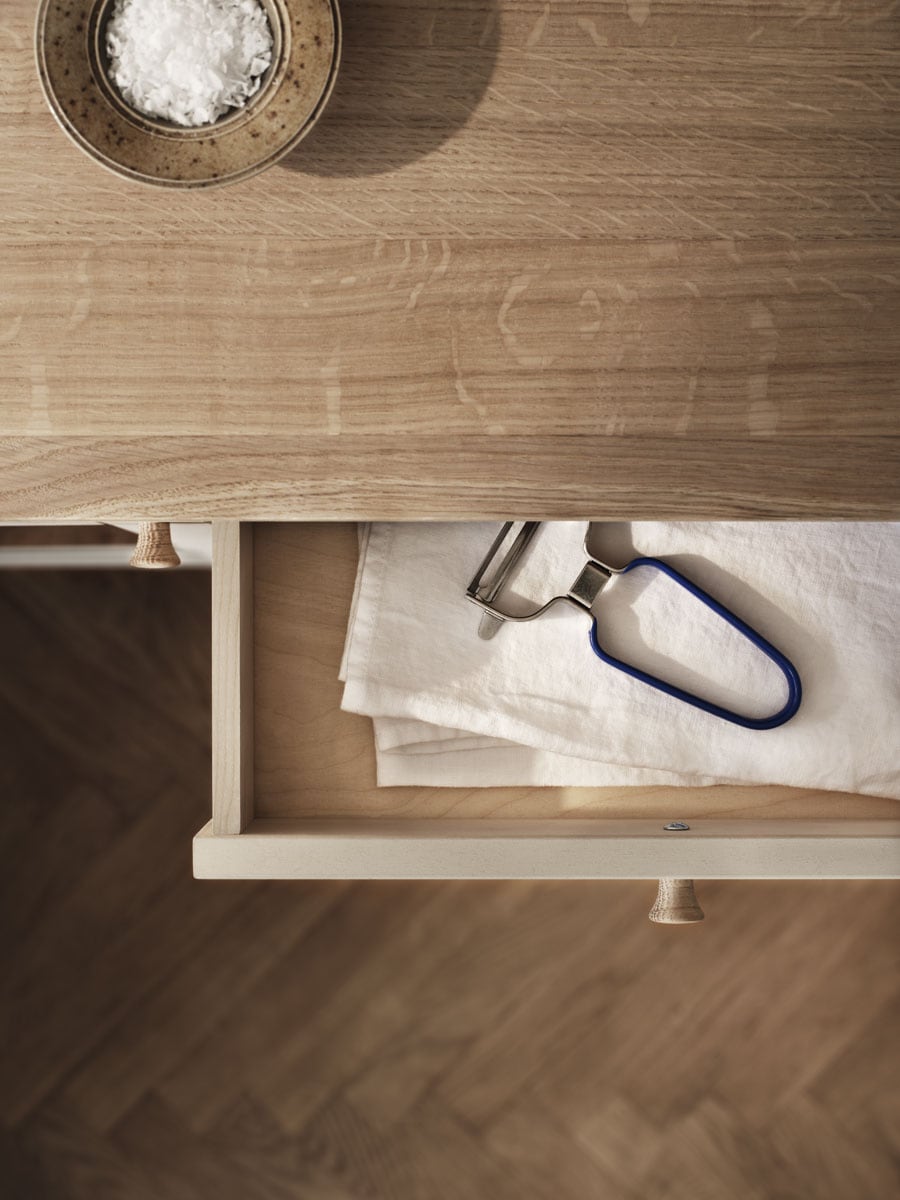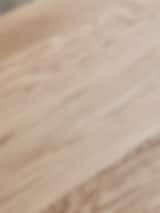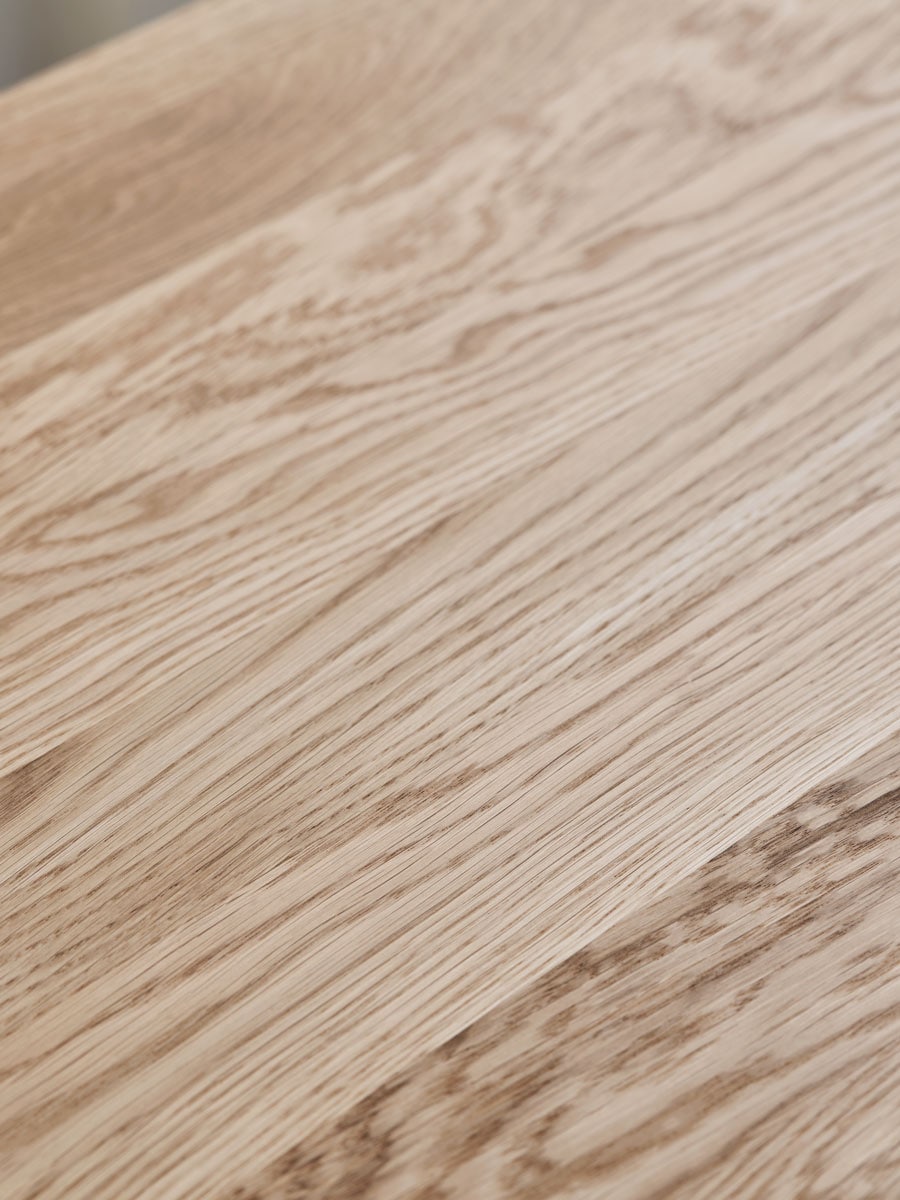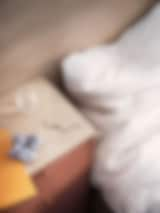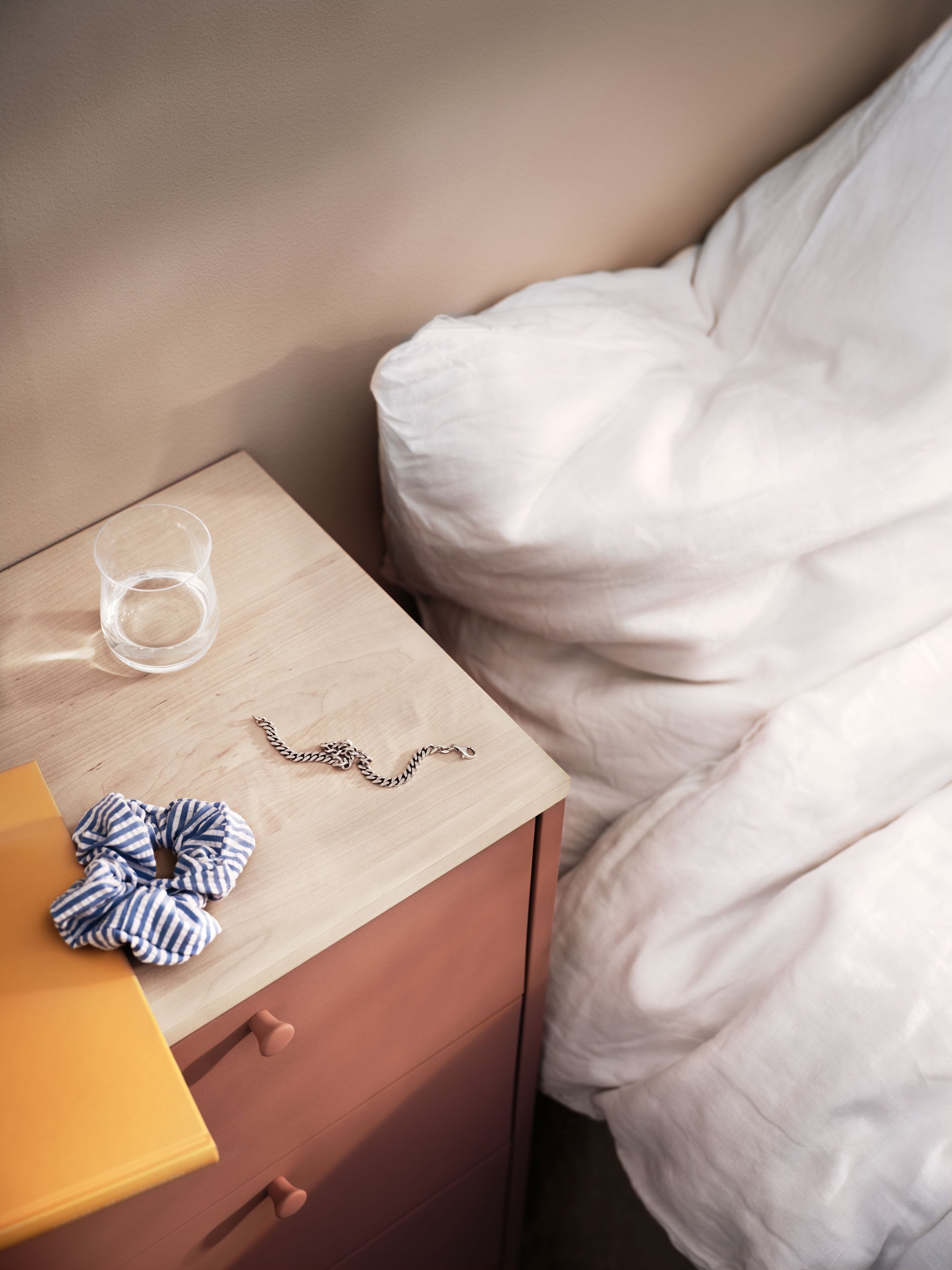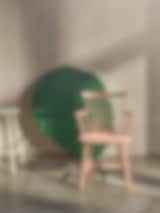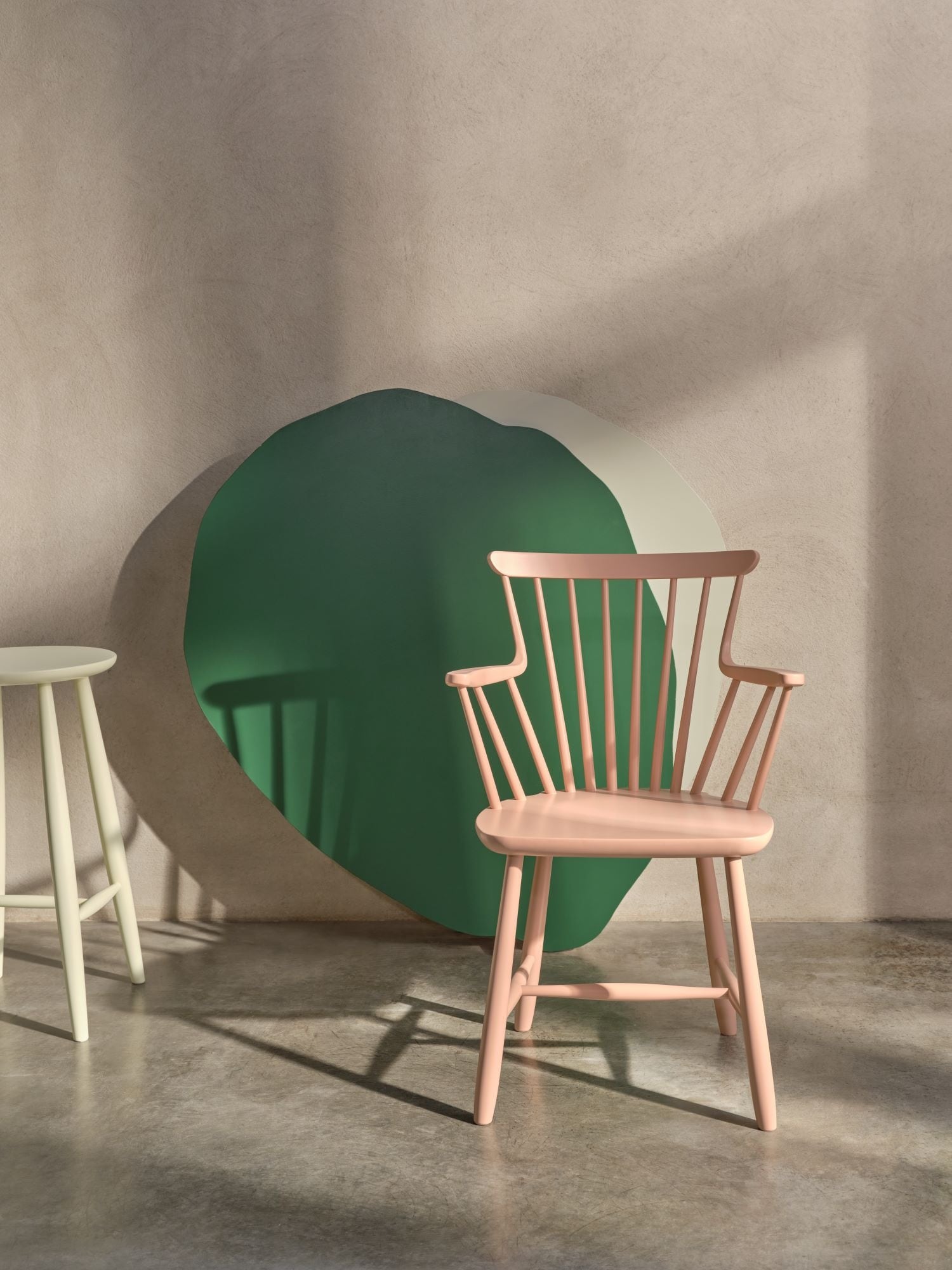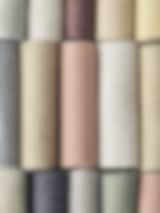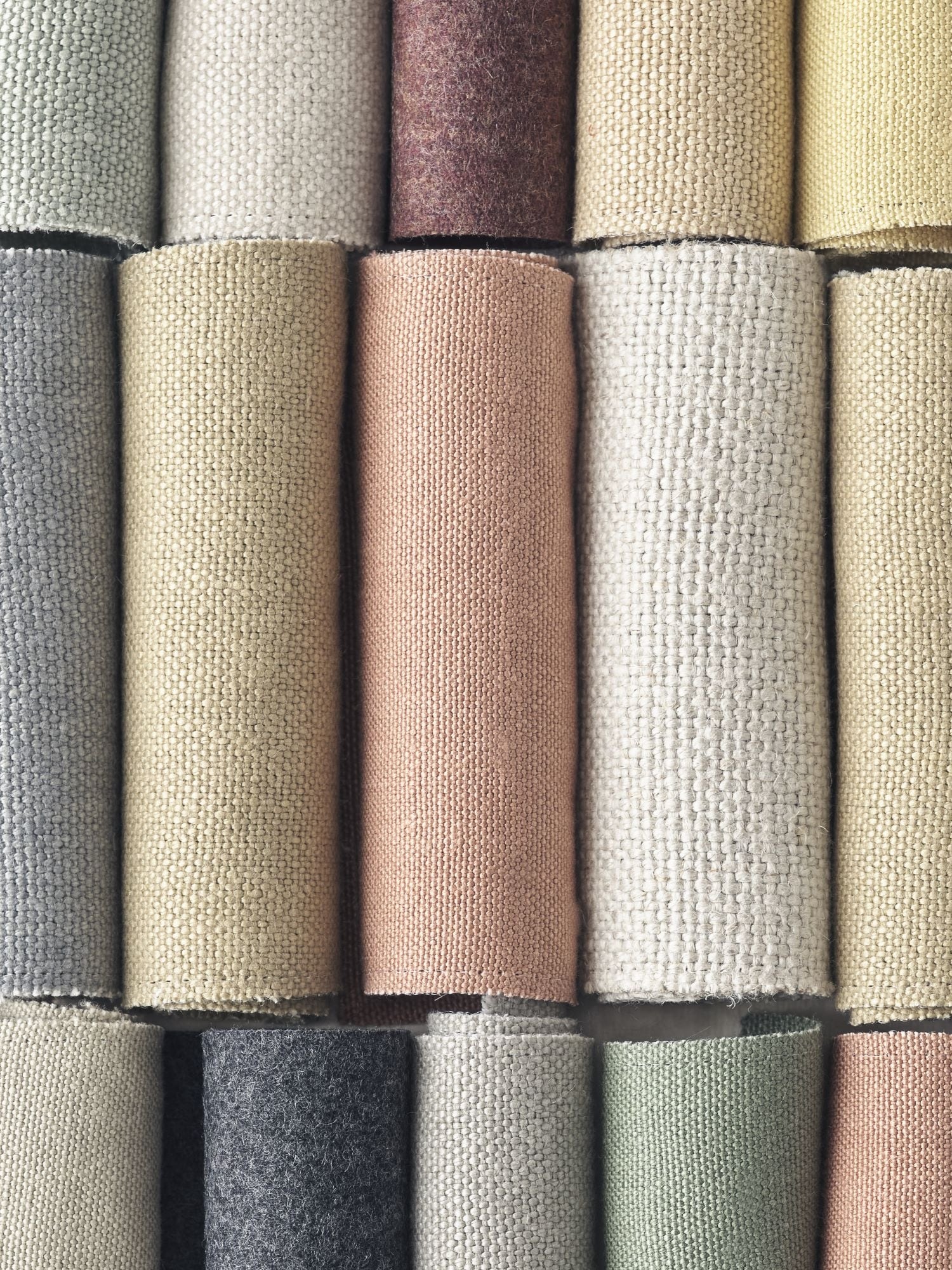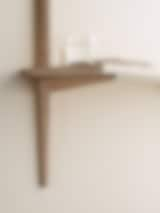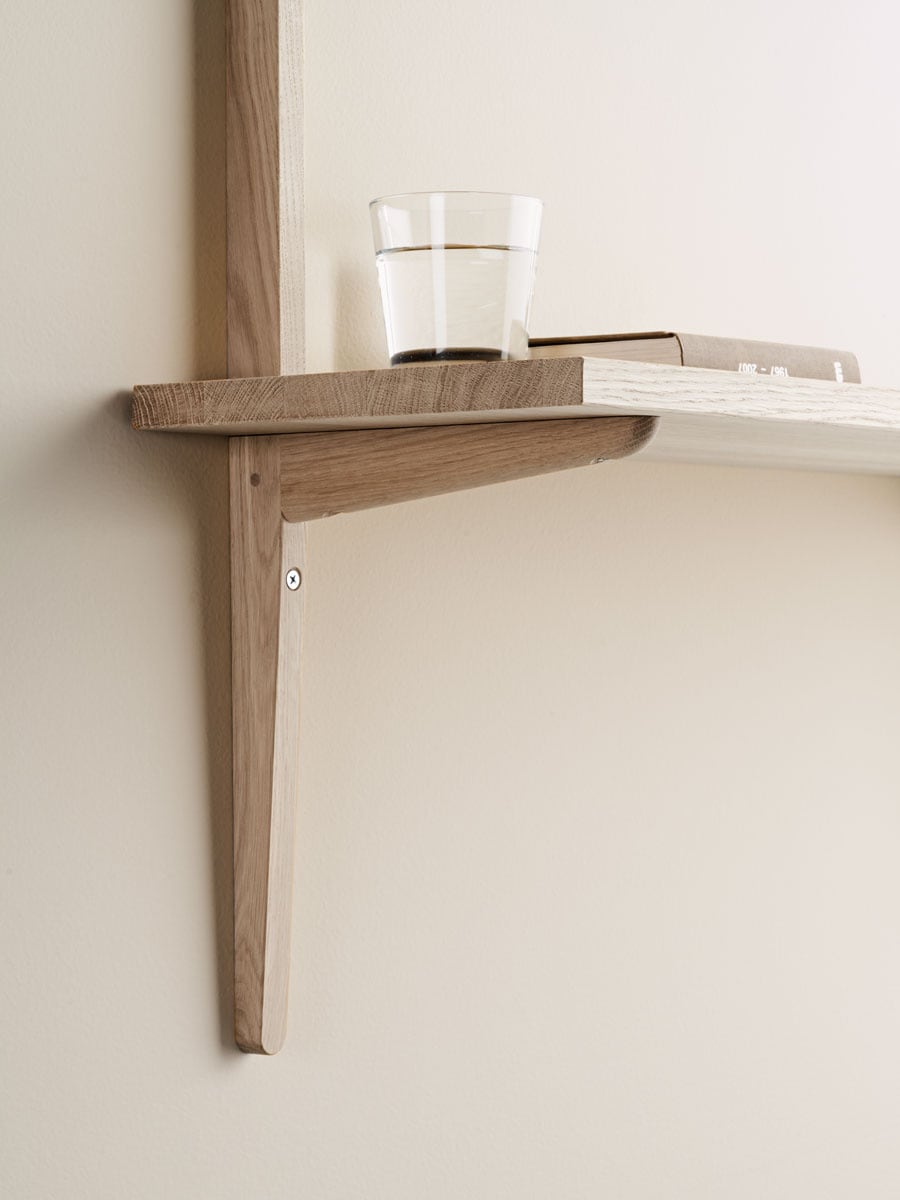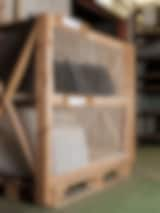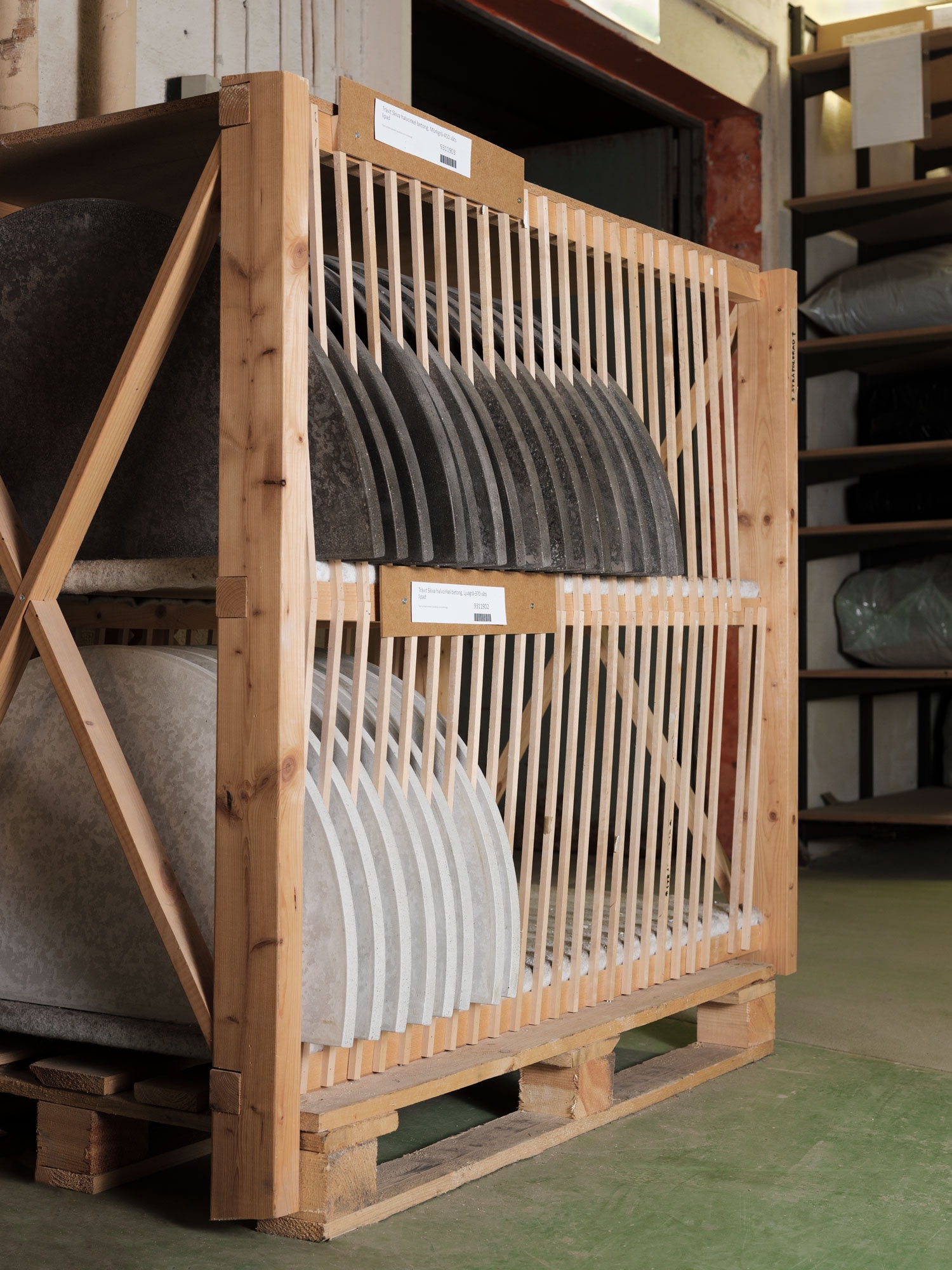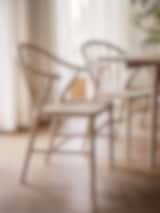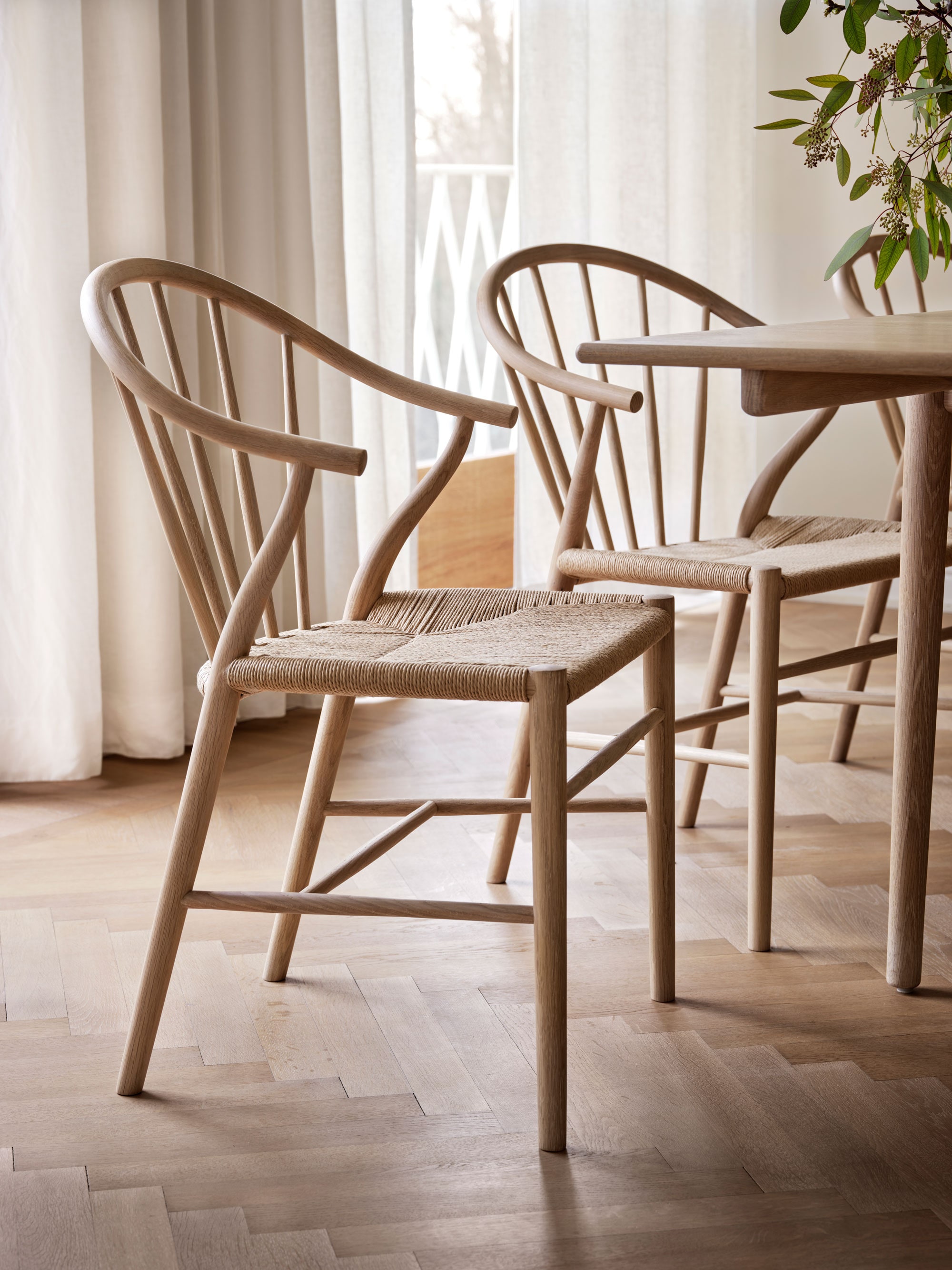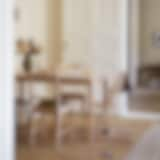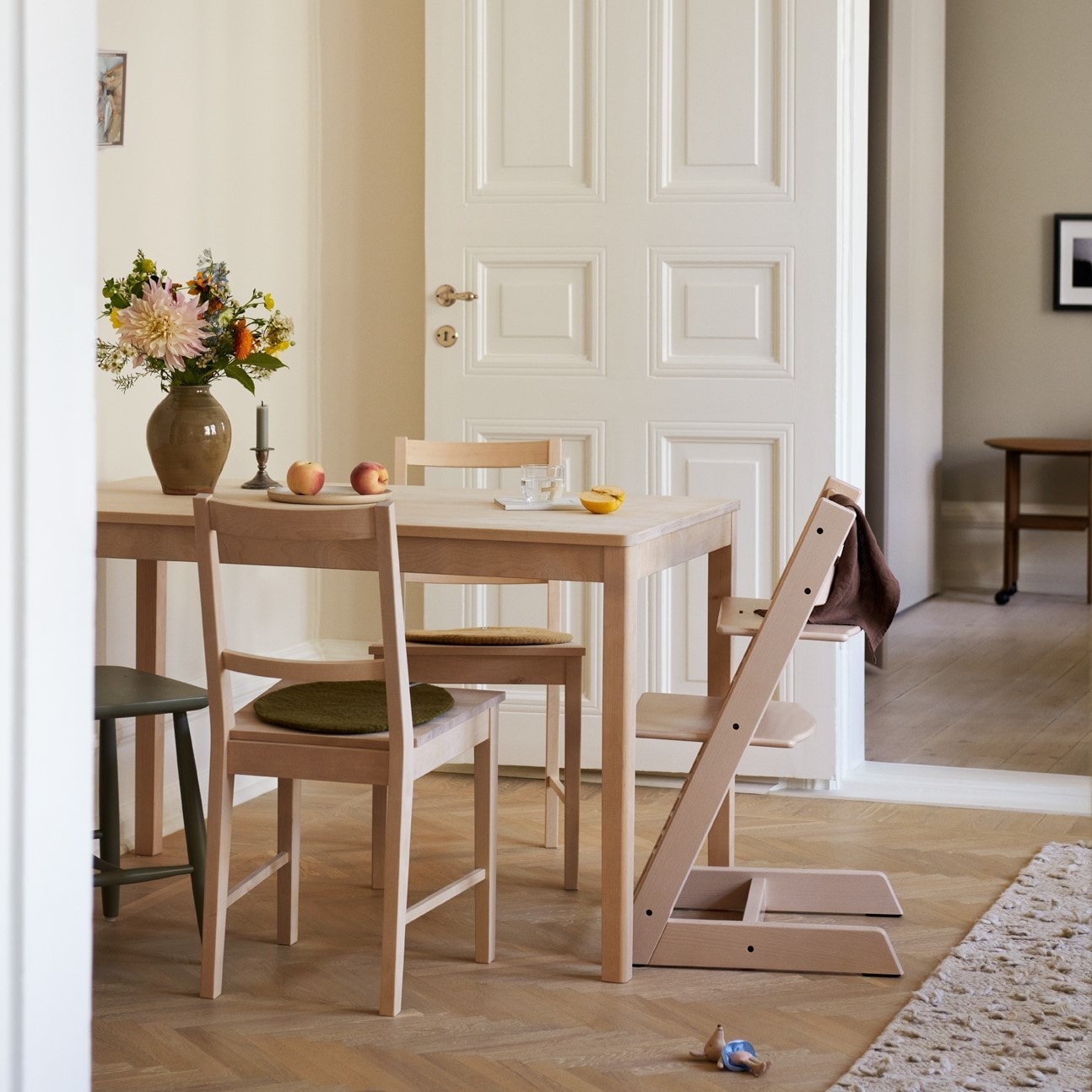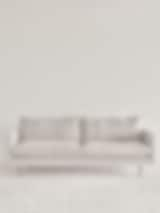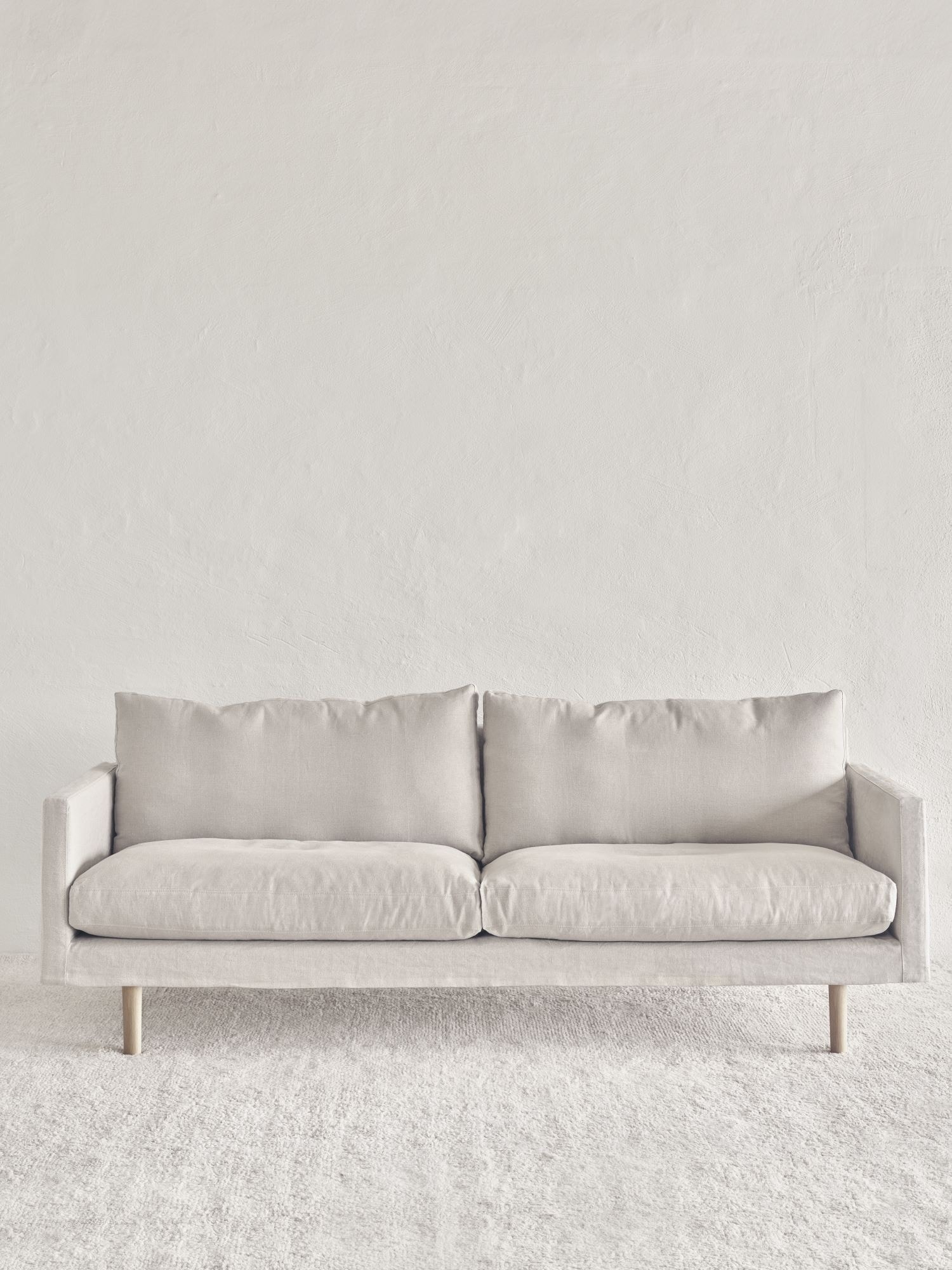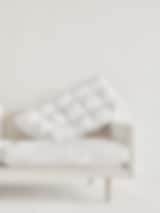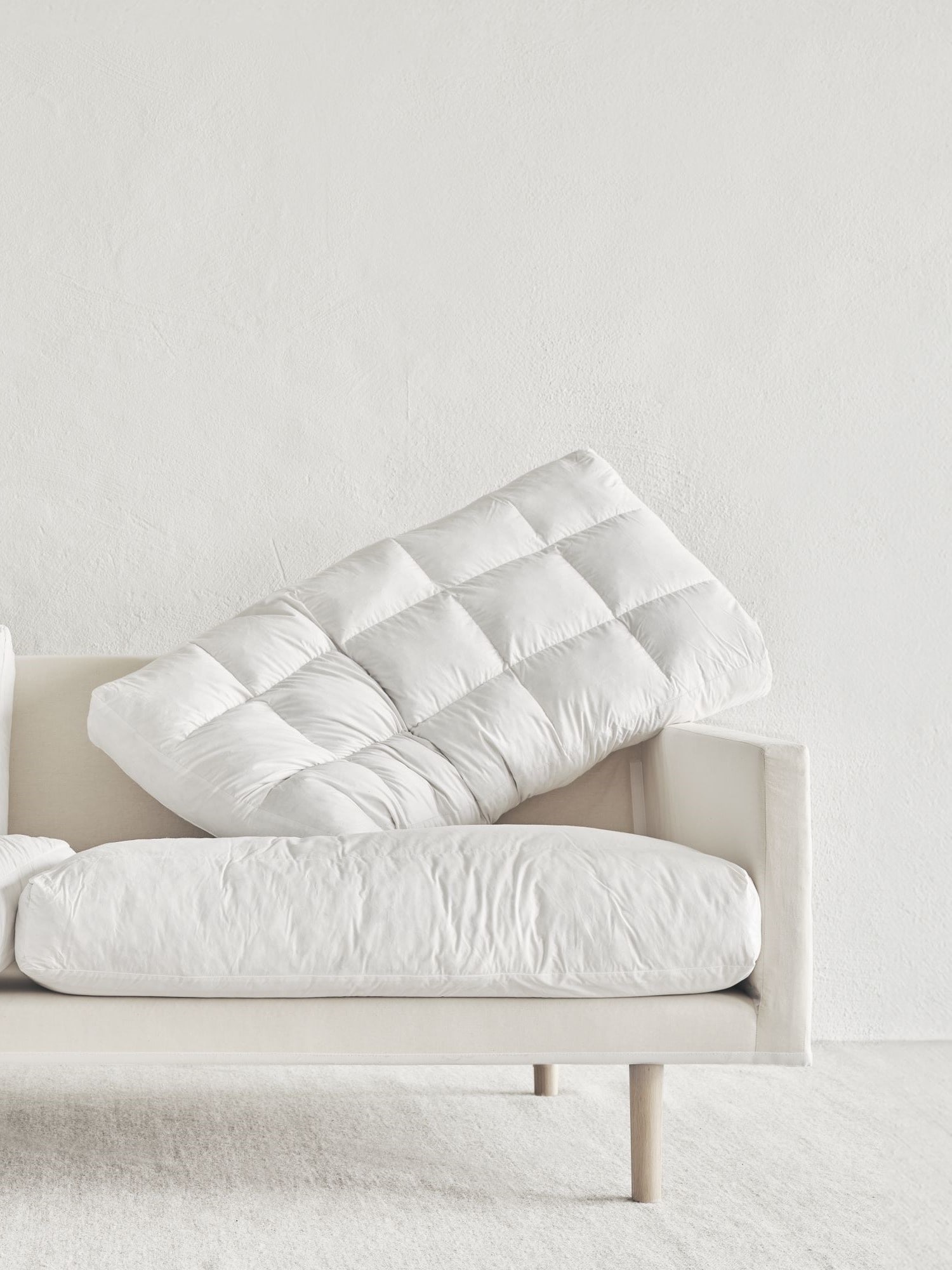At Norrgavel, we use natural materials. By that, we mean that the materials are part of the natural ecocycle and come from nature, from plants, animals or minerals. Beautiful, sustainable and long-lasting in every sense. Wherever possible, we make our furniture from Scandinavian wood.
Besides wood, we also use textiles, leather, sheepskin, concrete and limestone. Our decision to work with natural materials means our furniture will age beautifully and naturally. The materials we use also benefit from use. Year on year. Many of the pieces can be restored to their original condition by sanding and oiling, for example.
Regularly caring for and maintaining our furniture becomes a kind of manifestation of presence, helping us to live in the moment. So protect your furniture with a big dollop of love and it will age with beauty and dignity. You can find our furniture care products here.
